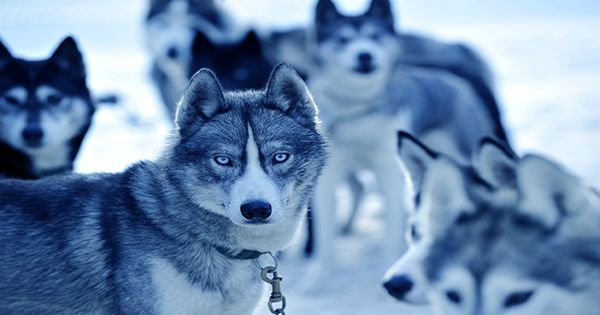Looking at selfless love, our canine companions often reciprocate humanity. Many people asked: “What have we done to deserve the dog?” The answer is not to be able to manage a high-protein diet.
Considering the importance of quinine mate with human success, we don’t know much about how it happened. We know that dogs became isolated from their wolf ancestors 2,000,000 to 40,000 years ago and that dogs once became domesticated 18,000 to 30,000 years ago, with the burial of the oldest pet dog being 14,200 years ago, the date was. We don’t know if domestication happened once or twice, but let’s leave it to how we can love in the face of rivalry and threats at one time or another. After all, even after we make the dog part of our home, the “big bad wolf” hides in our nightmares and fairy tales.
How the most popular theories about domesticating dogs involve cooperative hunting with wolves or hiding around campfires for waste (they are not ours). Dr. Maria Lahtinen of the University of Helsinki in Finland noted that the more wolves competed with our ancestors, the less we would tolerate a presence near them. He sees diet overlap as the main measure of how strong this competition would be.
In the scientific report, Dr. Lahtinen cites our earliest examples of the burial of dogs from the Arctic or sub-Arctic sites towards the end of the last ice age. Humans had very few plants to supplement meat-rich diets, so winter was so deadly. Furthermore, he noted, the human liver cannot handle a diet in excess of protein, a legacy of our vegetarian heritage. It wouldn’t have been a problem with lots of fruit, nuts, and seeds in the summer, but Lahtinen argued that fatty cuts should have been preferred over the winter fires.
There are no restrictions on wolves. Although partial to seasonal blueberries, they can survive for months on a diet other than protein-rich meats if necessary. Lahtinen looked at the protein components of all species considered winter prey in the late Ice Age of north-central Eurasia. With the exception of nuts, everyone, therefore, needed a portion-vegetable diet to digest protein-rich people’s chest cuts. Why don’t you give what you left for the wolves?
For some prey, such as adult caribou, the extra protein is small and probably insufficient to form the basis of a lasting relationship. However, rabbits and bison are so rich in protein that they would be shared in large quantities. People did not want wolves fed on meat to be less of a threat to the prey we hunted, and over time a corpse-making house was built for friendly relations and joint hunting. The mixed diet in the summer allowed the human mind to eat poorly, but it would have been easier to leave something for our winter friends if there was plenty of food.
















